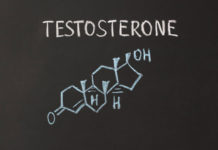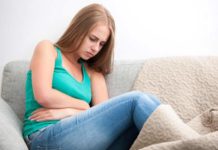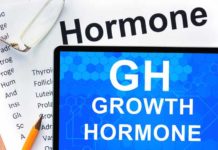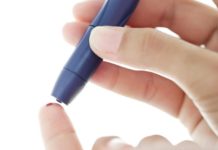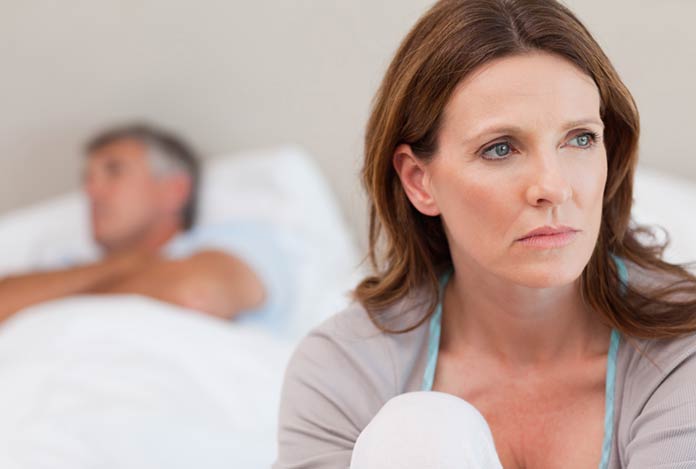
Dr. Marina Johnson Explores Silent Link Between Estrogen and Osteoporosis

Menopause strikes hard! A woman can lose up to 20% of her bone mass if she is not using estrogen after menopause. This could lead to loss of height, osteoporosis, chronic pain, hip fractures and other forms of disabilities.
Unfortunately, out of all women, who suffer hip fracture, nearly 24% die due to various complications within a year of getting injured. Osteoporosis in the spine could lead to Dowager’s hump – an abnormal, outwardly curvature on the back caused due to spine damage due to spontaneous vertebral fractures. In severe cases, this condition makes it difficult for a woman to stand upright and under such circumstances, that woman remain totally bent over. Dr. Marina Johnson finds this very unfortunate to see women going through such excruciating conditions that are preventable.
A recent U.K.-based study reveals that lifetime risk of fracture is around 53.2% at the age of 50 in women, who do not take estrogen after menopause. While risk for endometrial carcinoma, breast cancer, coronary artery disease and stroke is 2.6%, 10%, 46% and 20% respectively for a 50 year old women.
The first ever U.S. Food and Drug Administration (FDA) indication of use of estrogen therapy is for the prevention of osteoporosis. In a cohort study, considering over one million women, participants, who took estrogen through various means like transdermal and oral, had reduced risk of vertebral and hip fractures. Estrogen therapy is a significant treatment option for osteoporosis but is yet not FDA approved. Another study indicated that women, who took estrogen, observed increased bone density in the spine and hip. Those women also had almost 50% less fractures than the control group.
Dr. Marina Johnson explains that estrogen is a great option to protect bones when used by women over 75 years of age. A study with 67 elderly women above the age of 75, who took estrogen, showed significant improvements in their bone density in the spine and hip, when compared to the placebo group. Surprisingly, just a little dosage of estrogen brought about observable results. The dosage was as low as 0.014 mg estradiol patch and 0.25 mg of oral estradiol. Dr. Johnson asserts that at these low dosages of estrogen, there is apparently no uterine lining stimulation.
Estrogen’s Role in Maintaining Bone Health
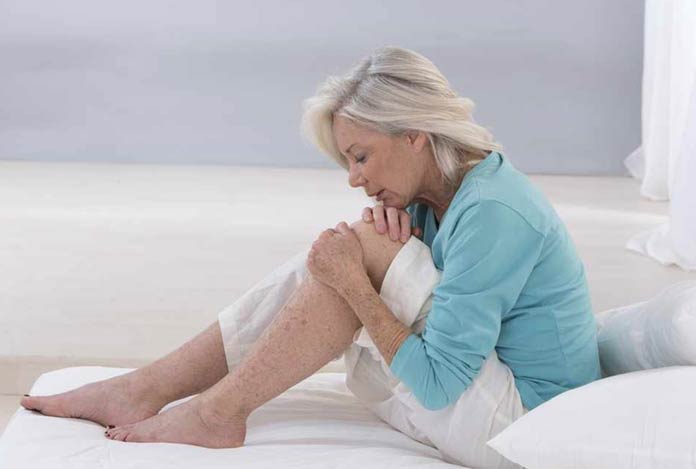
Since we have first studied about bones, we always consider bones as inanimate and just a solid scaffold that holds up the body. What we miss is that bones are very much living tissues and are made by a continuous balance between two types of cells, viz., osteoblasts and osteoclasts. These cells work upon a collagen-based framework that supports the body. When any bone is injured, the osteoclasts rush to eliminate the damaged bone parts (resorption) and simultaneously, osteoblasts deposit new bones onto the collagen framework.
Most of the women are already aware of collagen because it plays an important role in maintaining skin’s elasticity and preventing signs of aging. However, only a few people know that collagen is also present in the hair, tendons, fingernails and most importantly, in the bones.
As we age, collagen naturally decreases, due to which, collagen framework weakens; leading to “brittle bones,” commonly seen in older adults. Animal studies have shown that estrogen levels boost the production of a protein, known as tumor necrosis factor (TNF). This protein leads to increased production of osteoclasts, and when osteoclasts outnumber osteoblasts, osteoporosis occurs, and bone density reduces.
Dr. Marina Johnson concludes that estrogen can significantly prevent this bone loss or resorption of the bones. Estrogen also supports the calcium absorption in the body. She finally suggests several lifestyle modifications to maintain bone health, such as weight training, consumption of adequate amount of calcium and vitamin D, and managing inflammatory conditions that could accelerate bone loss.

